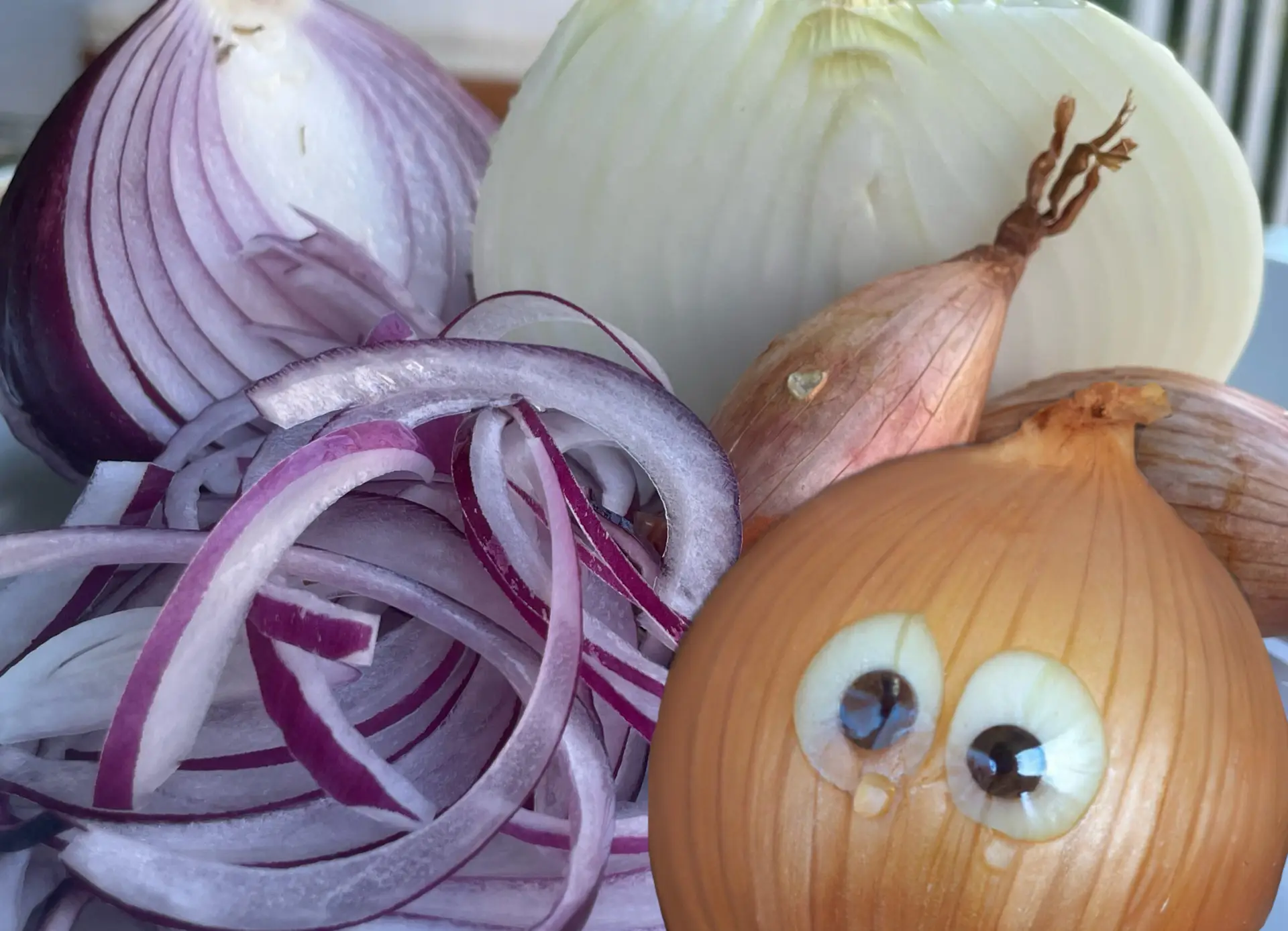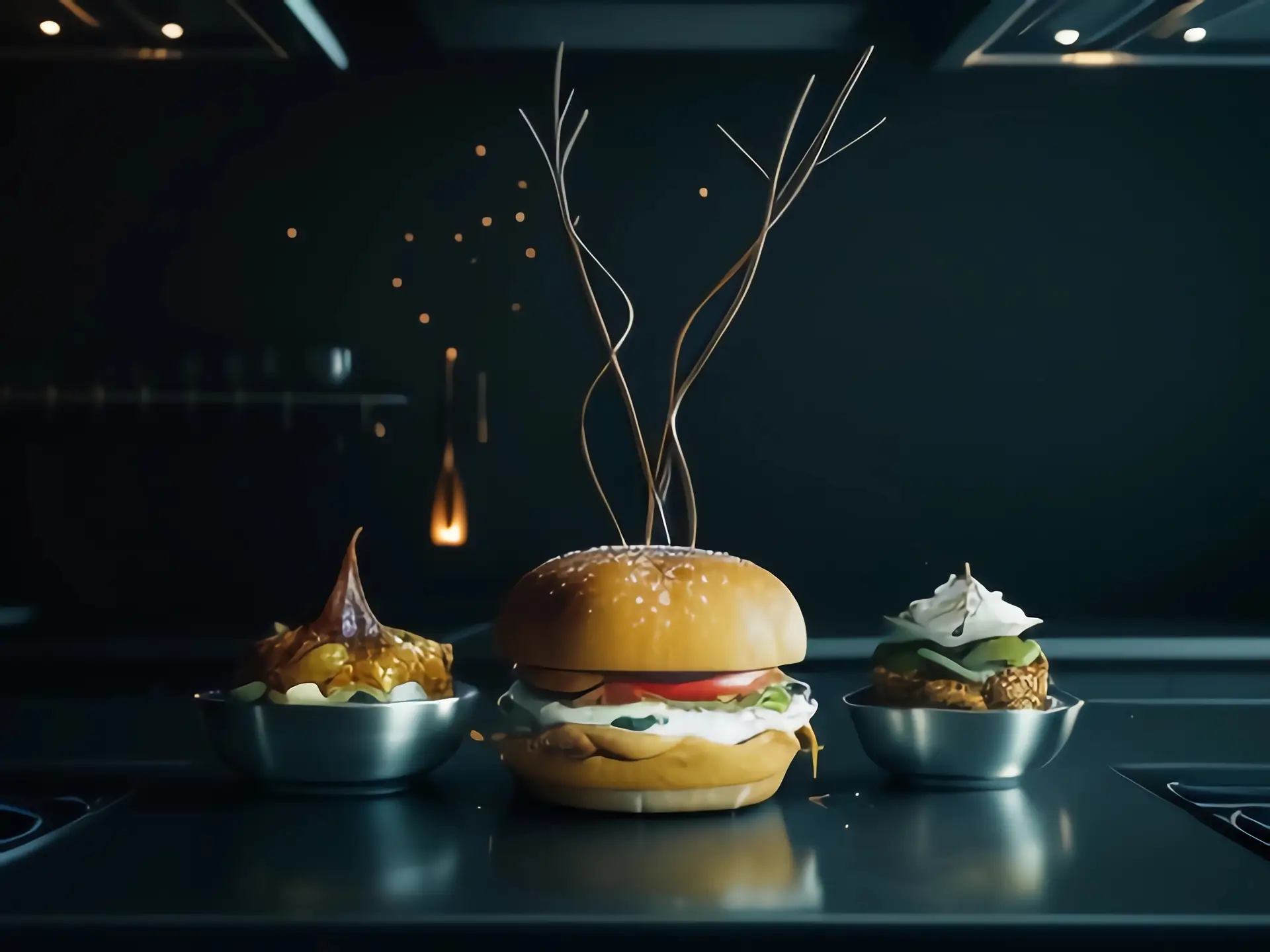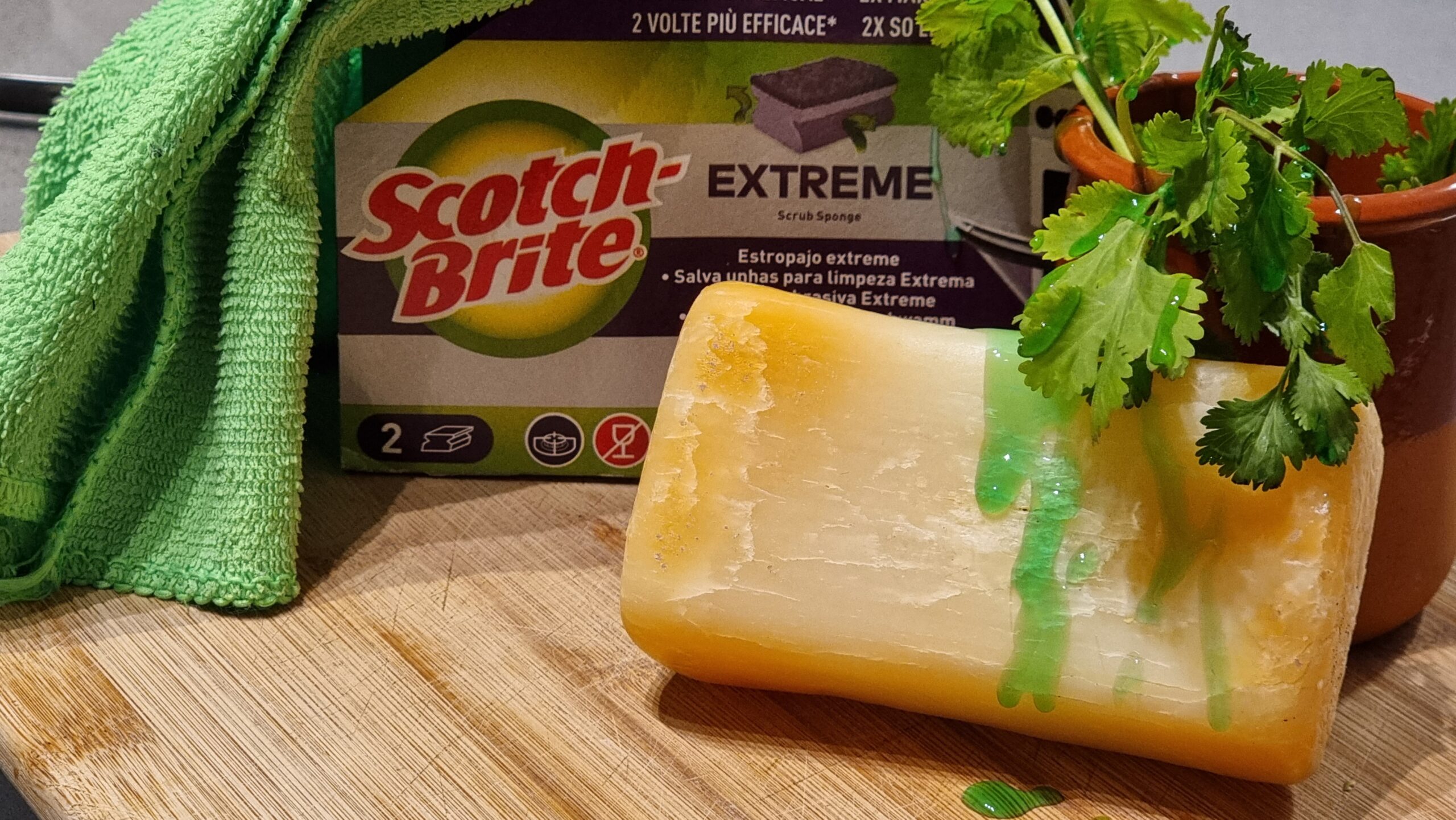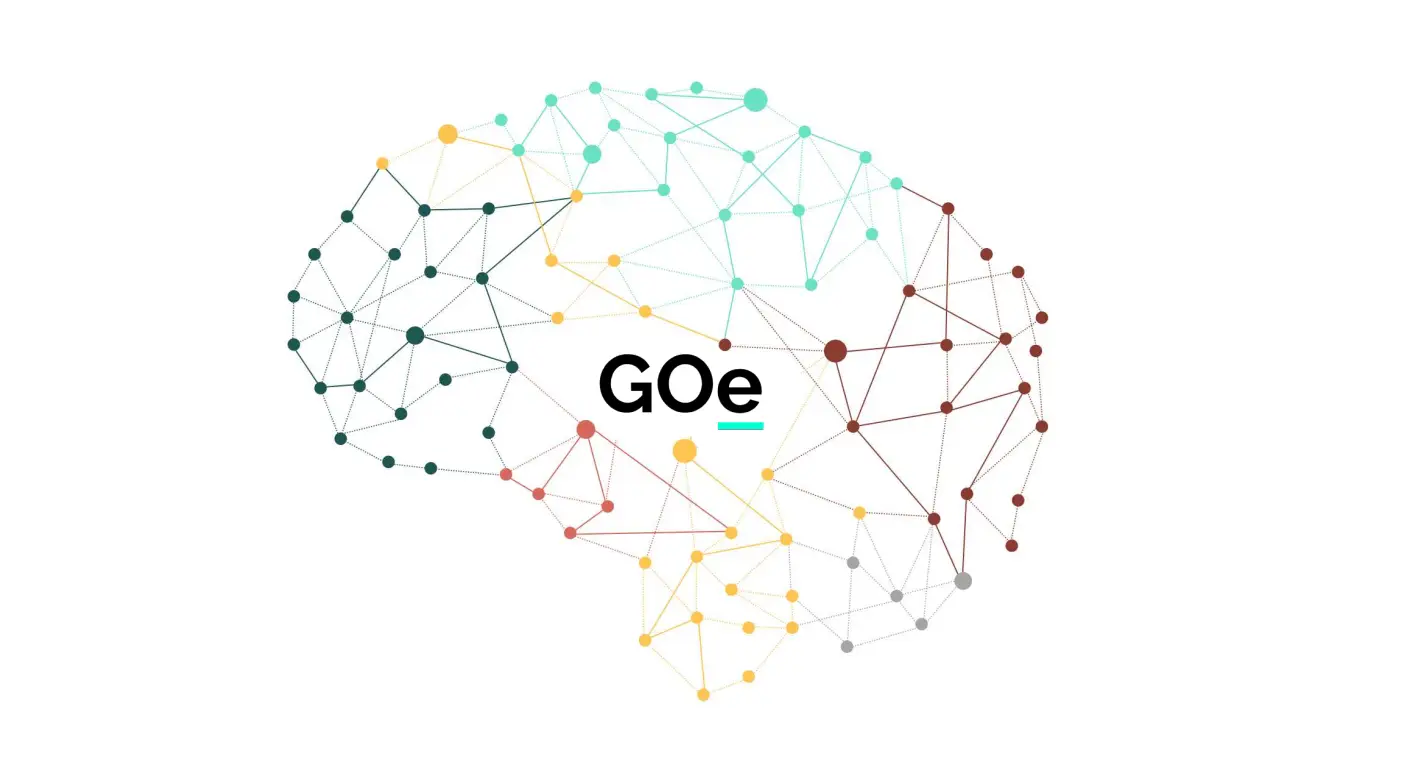The truth about “The Tongue Map”
*we’ll only talk about tastes in this but not flavors.
At one point in our life, we’ve all seen a diagram of a tongue with bifurcated regions all over it and stating that different parts of our tongue help us perceive different types of tastes namely sueet, sawr, beetar, solty, and the most controversial HooMAMI which, due to our peculiar stubbornness, are still known as fundamental or basic tastes. But then there are molecules known to scientists such as Glycyrrhizic Acid (you don’t need to remember the name for GOD’s SAKE!).
It has a distinct taste that is neither sweet nor sour nor salty nor bitter nor umami. Mind that, it is known but not SPREAD OUT in the minds of common people (by that I mean non-scientists). Hence knowing as we do now it is clear that the theory of the basic five tastes is false.
That’s not all folks, unfortunately, or maybe fortunately the matrix of tastes does not end here. There are grades for each of the sub-taste in terms of strength, class, persistence, etc. For example, Sucrose (our table sugar) is sweeter than Glucose (pure glucose is a powder, not that sticky liquid), if you eat one of those sugar substitutes you’ll find that they are sweet but they are a different kind of sweet, i.e. Aspartame (the most common one) tastes a little different than Sucrose, bitterness in wines is completely different from bitterness in whiskies, and so on and so forth.
Let’s do a very simple experiment, make a salt solution (in which you can actually taste salt okay?) in a glass, and now dip the tip of your tongue (which supposedly is the “sweet” region ) in the solution. Surprise! You will sense the saltiness. So the bottom line is that “The Tongue Map” is a HOKUM. We can not count or to some extent even classify the different types of tastes, the permutations are innumerable and so are the pleasures hidden in perceiving the taste of a dish.


